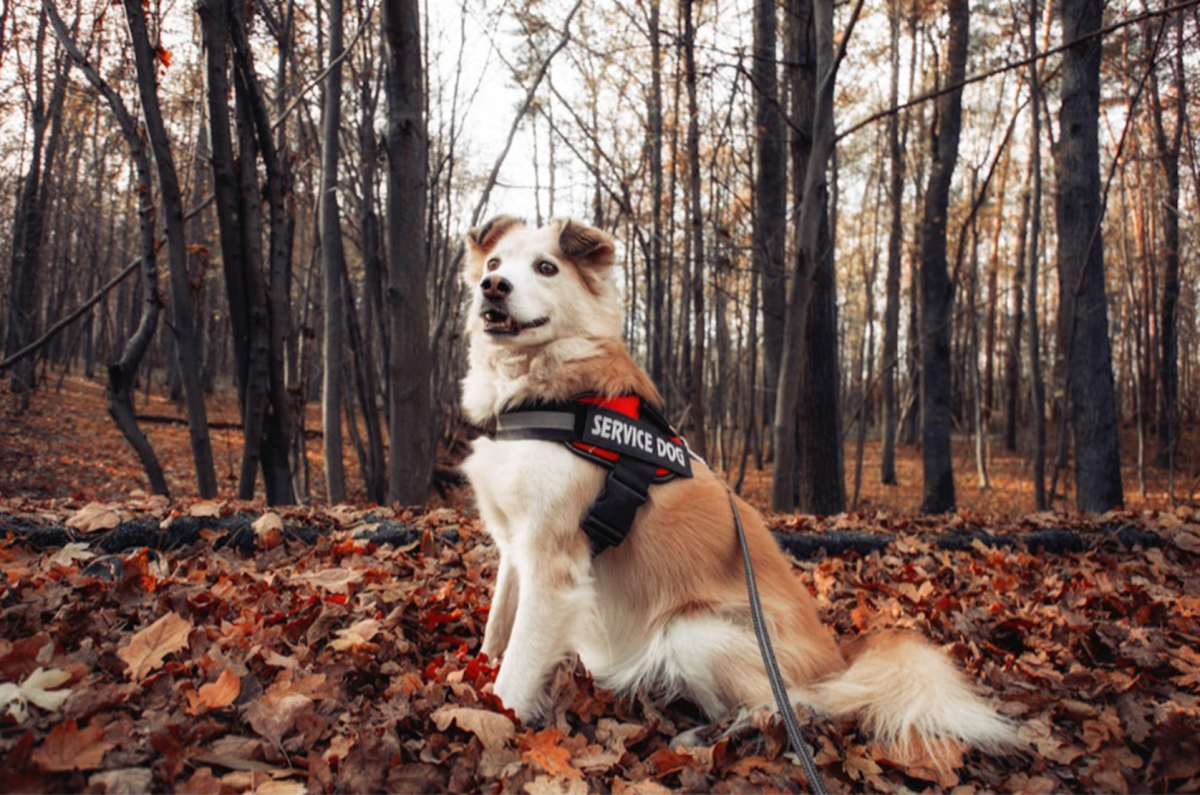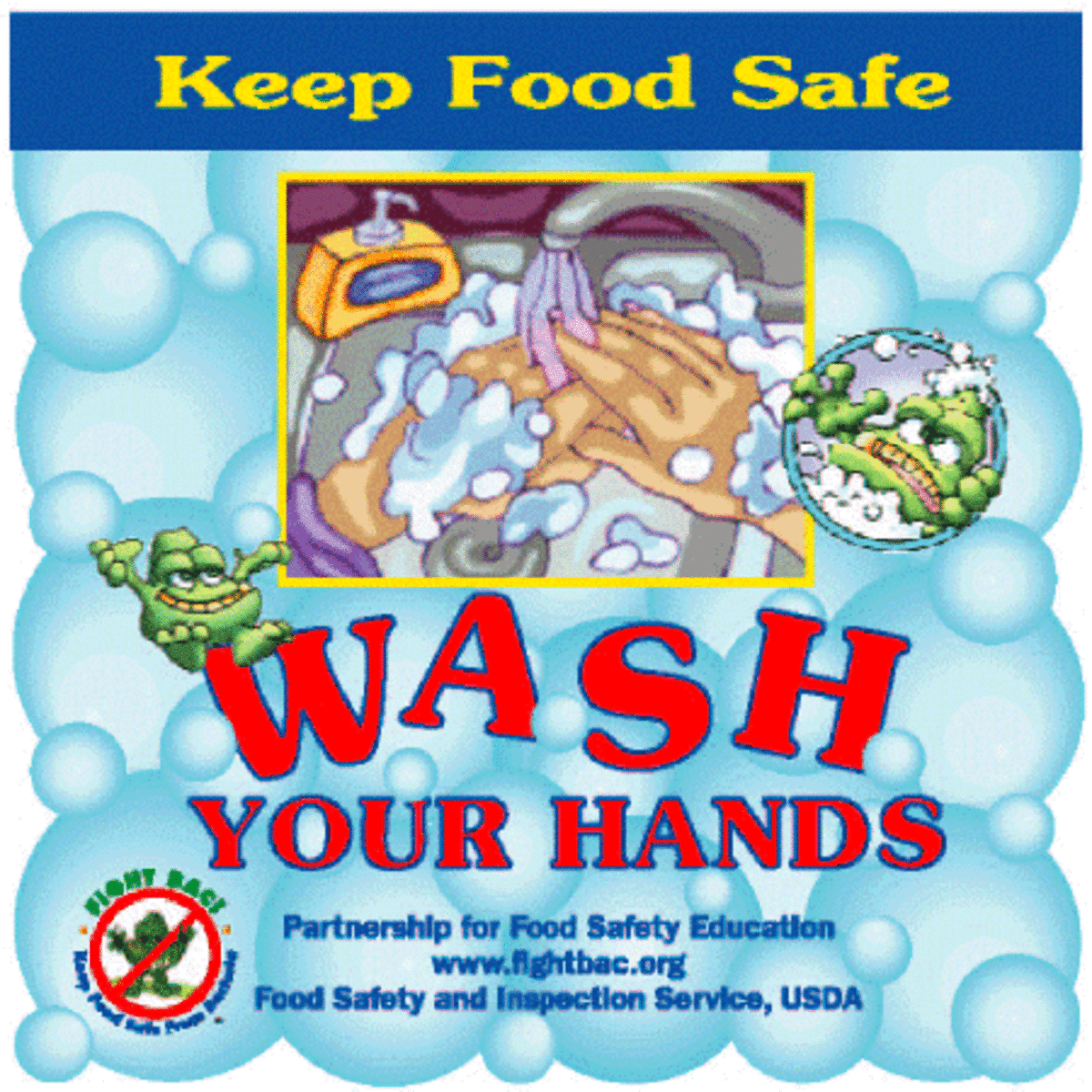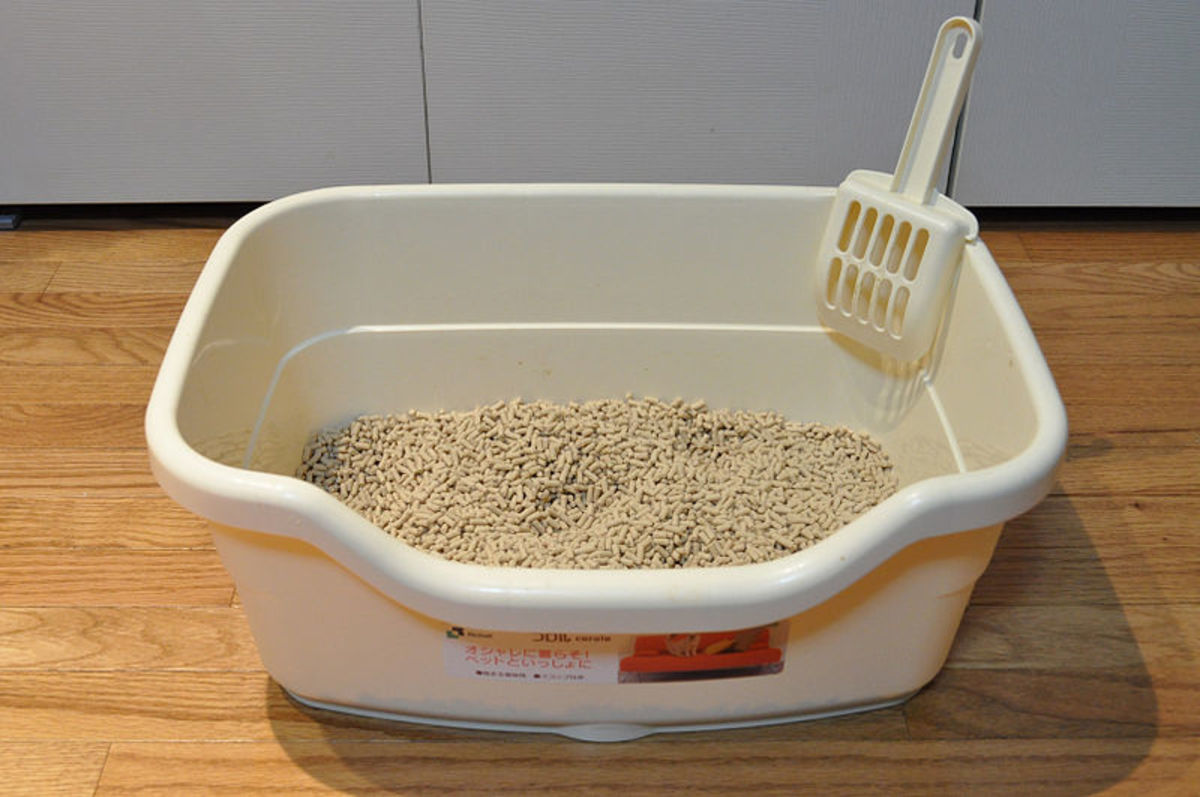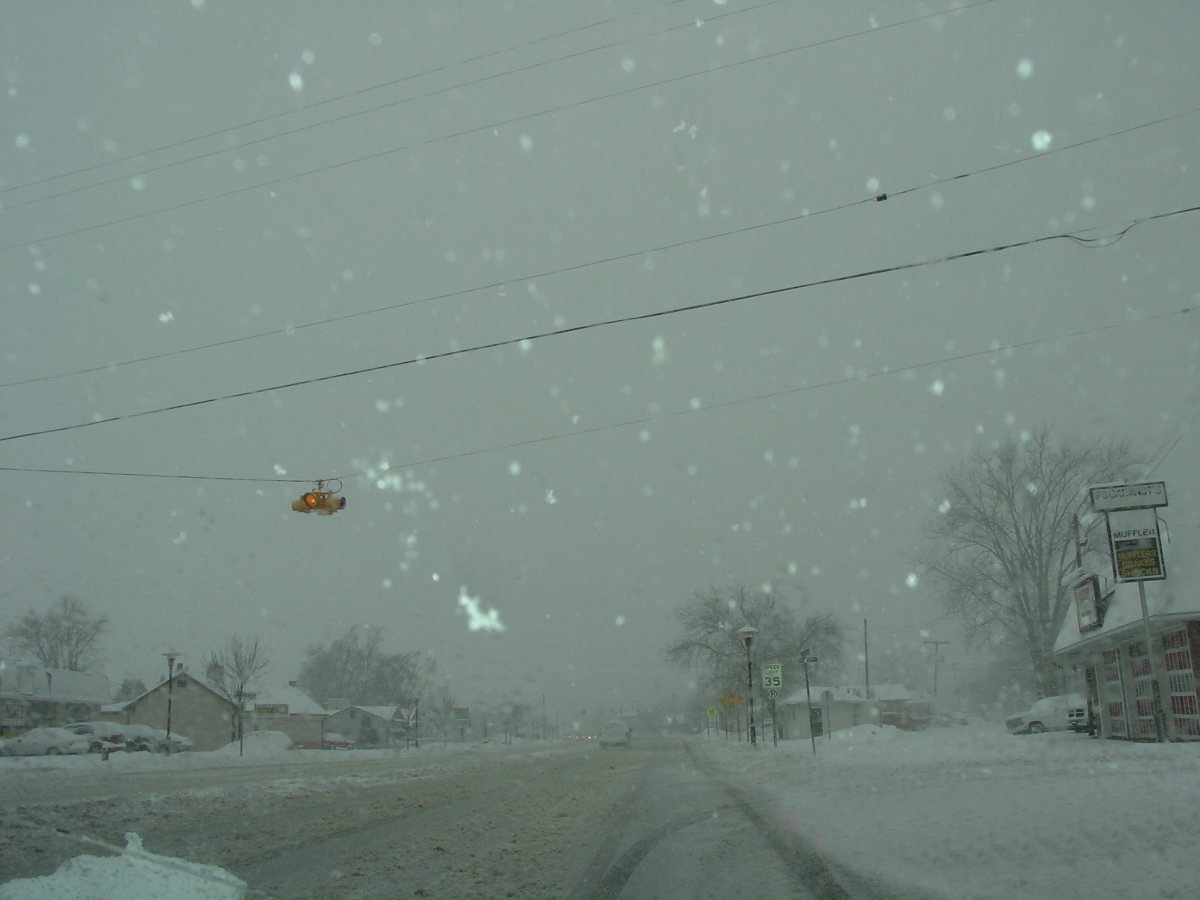Ensuring Food Safety In Your Home
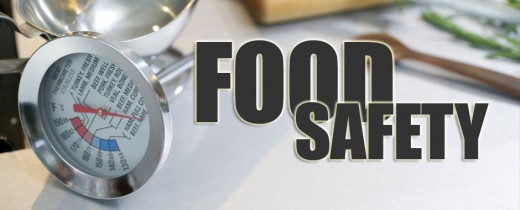
At home safe rules for food safety.
As a restaurant manager, I am required to offer food safety training to my employees. However, from the course of my instruction, I have discovered that the participants value the information significantly greater if I relate it to how they can use those tips at home. From these classes, I have generated a list of my top ten items that I feel are most common “mistakes” in household kitchens.
- Temperature Setting. Set the temperature of your refrigerator to 35-38 degrees, freezer at 0-5 degrees, and hot water heater at 110-115 degrees. With electricity costs sky-rocketing, we are inclined to do whatever we can to reduce these costs. However, you should still consider the safe levels for your home. Bacteria grows on food outside of the temperature danger zone (TDZ) which is 41-145 degrees. Over the years, there have been a few changes in the FDA standard for this, but for the most part it has only fluctuated a degree or two. To be safe, it is suggested to set your refrigerator at 38 degrees. If you have a lot of “traffic” in and out of the refrigerator, you may want to decrease it, but no cooler than 35 degrees. Since yeast can grow above 15 degrees and ice cream will soften at 6 degrees, it is suggested to set your freezer at 5 degrees or lower. To kill off any bacteria, hand-washing should be done with 110 degree water and doctors suggest that 120 degree water can be too hot for small children. Therefore, it can be assumed that a safe setting for your hot water heater is between 110 and 115 degrees.
- Storing Dry Goods. I used to be one of the many that stored my cereal on top of my refrigerator. It never occurred to me that the top of the refrigerated was warm. Dry storage should be a cool 50 degrees. In addition to storing, you should also note the condition of food before buying. Indented cans could have potential can shavings in the product and cans that are “swollen” is a sign that the product expanded due to intense temperatures. Remember to check expiration dates when shopping as well. Sometimes clearance or discounted items have very little shelf life left.
- Thawing out food. Like most households, I have witnessed many occasions of chicken sitting out on the counter to defrost. To reduce any chance of food borne illness, there are four safe ways to thaw out food. (1) Remove item from freezer and place in the refrigerator (2) Remove product from its original casing and place in refrigerator (3) While safely wrapped, run cool water over the item. Warm water will bring the item above safe temperatures. Also remember to keep the water at a constant flow. Standing water increases risk of bacteria. (4) Defrost using the microwave. Food defrosted in the microwave must be cooked immediately.
- Temp your food! Every household should have a properly calibrated food thermometer in their kitchen. When the thermometer is inserted into the boiling water, it should read 212 degrees. Poultry should be cooked to 165 degrees, all other food to 145.
- Prevent cross contamination by using separate knives and cutting boards for meats and vegetables / fruits. I suggest the colored boards to ensure their proper use. Wash all vegetables and fruits prior to consumption.
- Leaving food out. We are all probably guilty of not wanting to put away left-overs right away. But how long is too long? If the food item was properly cooked to the required temperature of 145 degrees, you can safely leave it out for two hours from the time it was removed from heat. In fact, if you have prepared a hot dish it is not recommended to put it in the refrigerator right away. High food temperatures could essentially raise the temperature of the entire refrigerator which could increase risk of other items entering the temperature danger zone (TDZ). On a financial note, high temperatures will make your refrigerator work harder to keep it at the set temperature.
- Refreezing meat. It is safe to refreeze meat if the item has not reached temperatures above 41 degrees or if it is still partially frozen.
- Practice strict personal hygiene. It goes without saying that the same rules should apply at home as they do in a restaurant setting. Hair should be pulled back, hands washed frequently, aprons laundered after every use, etc.
- Avoid harsh chemicals on food surfaces. There are many options for household cleaning products; look for those sanitize as well as clean. Most products out there are very specific to their recommended use.
- Know your increased risk. There are four groups of individuals that are at a higher risk for foodborne illness; young children, elderly, pregnant women, and those that may be immune deficient or taking certain medications.
Food borne illness is a result of contaminated food. Most indicators of a foodborne illness are “flu-like” symptoms that go undiagnosed. Due to the wide range of incubation period (30 minutes to 3 weeks), it is hard to tell what exactly you may have gotten sick off of. Prevention and protection is the only way to prevent these risks.


